Vertical Territory to Claim Their Kingdom

Most cat owners think floor space is enough, but they’re missing a crucial dimension. Cats are natural climbers who need vertical territory to feel secure and express their instincts. Without tall cat trees, shelves, or climbing posts, your indoor kitty might feel trapped in a two-dimensional world.
Think of it like living in a studio apartment versus a three-story house. The difference in how expansive and comfortable your cat feels is dramatic. Wall-mounted shelves, tall scratching posts, and multi-level cat trees can transform your home into a feline paradise where your cat can survey their domain from above.
Multiple Water Sources Throughout the House

One water bowl in the kitchen isn’t cutting it for most indoor cats. These descendants of desert animals have evolved to drink from multiple sources, and they prefer fresh, moving water over stagnant bowls. Many cats will actually dehydrate themselves rather than drink from a bowl that’s been sitting out too long.
Consider placing water fountains or multiple bowls in different rooms, especially away from food areas. Some cats are so picky they’ll only drink from faucets or prefer water that’s been sitting in a glass rather than a plastic bowl. It’s like having a personal water sommelier living in your house.
Mental Stimulation Beyond Basic Toys
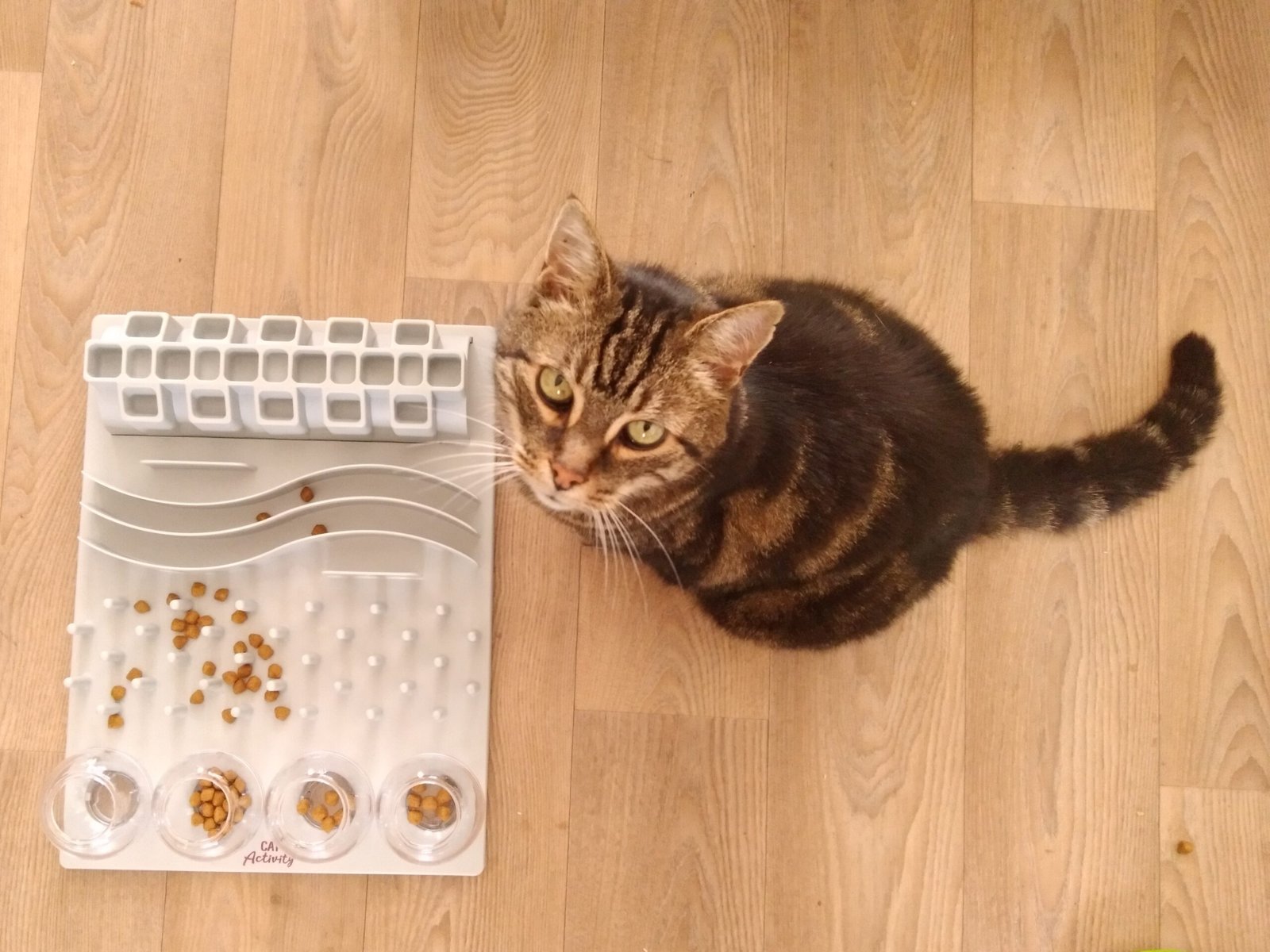
Indoor cats can get bored out of their minds, leading to destructive behaviors that puzzle their owners. While a few toy mice are nice, cats need puzzle feeders, rotating toy collections, and interactive games that challenge their hunting instincts. Without mental stimulation, even the most well-behaved cat can turn into a furry tornado of chaos.
Hide treats around the house, invest in puzzle feeders that make them work for their meals, and rotate toys weekly so they always feel new. Your cat’s brain needs a workout just as much as their body does, and a mentally stimulated cat is a happy, well-behaved cat.
Safe Outdoor Viewing Experiences
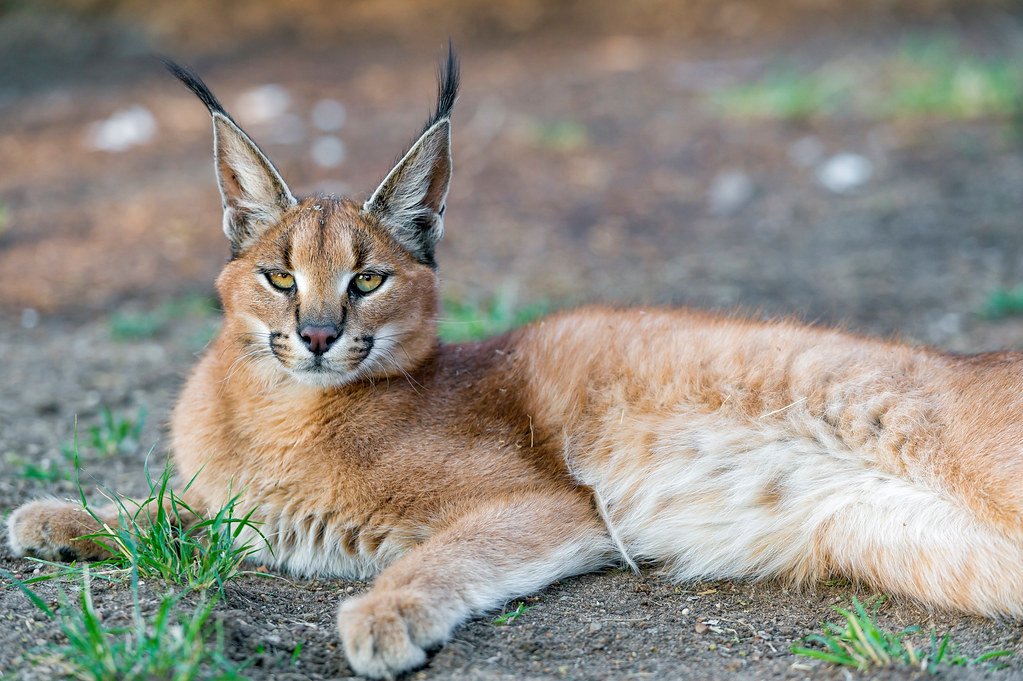
Indoor cats still crave the sights, sounds, and smells of the outdoor world they’re missing. A simple window perch isn’t always enough to satisfy their natural curiosity about what’s happening beyond the glass. Many cats develop anxiety or depression when they’re completely cut off from outdoor stimulation.
Consider screened porches, cat-safe balcony enclosures, or even supervised harness walks if your cat is amenable. Some owners create “catio” spaces or install bird feeders outside windows to provide entertainment. It’s like giving your cat their own nature documentary that changes daily.
Separate Eating and Drinking Areas
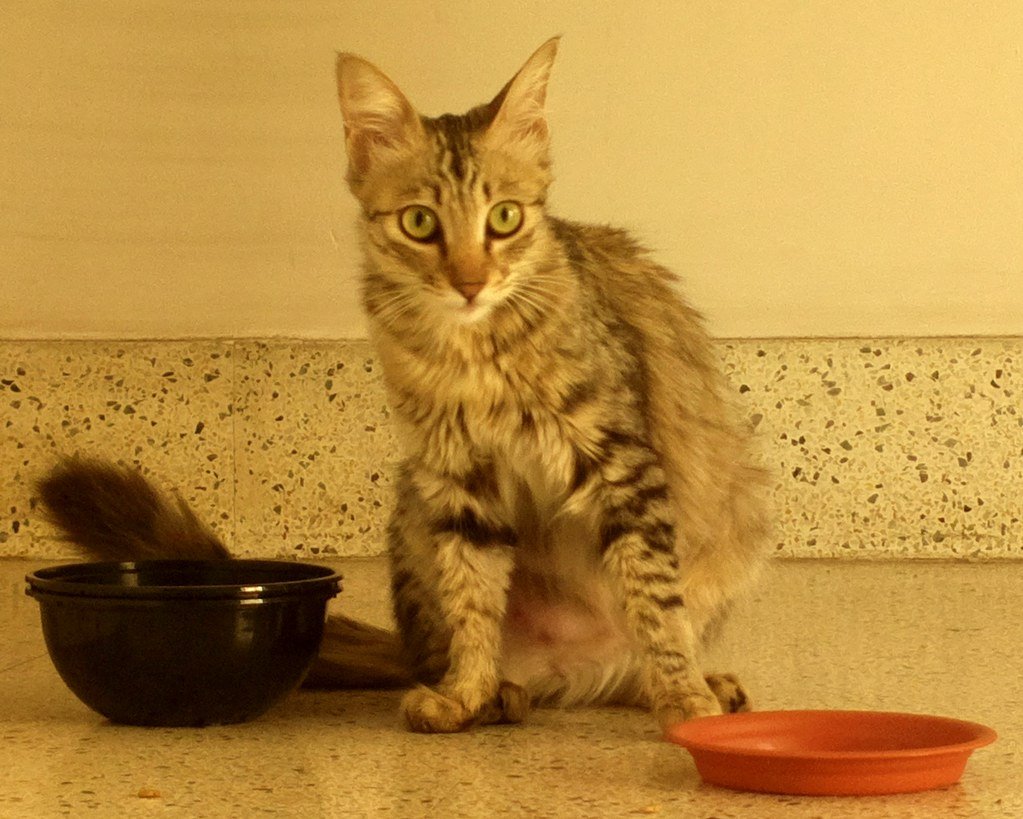
Cats have inherited some quirky eating habits from their wild ancestors that most homes completely ignore. In nature, cats don’t drink where they eat because water near a kill site could be contaminated. This instinct means your cat might be uncomfortable eating and drinking in the same location.
Try placing water sources in different rooms from food bowls and watch how your cat’s drinking habits change. Some cats are so particular about this that they’ll barely touch their water if it’s too close to their food dish, leading to mild dehydration that owners never notice.
Appropriate Scratching Surface Variety

That one scratching post in the corner isn’t meeting your cat’s diverse scratching needs. Cats need different textures and angles for scratching – horizontal surfaces for stretching, vertical posts for marking territory, and various materials like sisal, cardboard, and carpet. Each serves a different purpose in their daily routine.
Without proper scratching options, cats will find their own surfaces, usually your furniture or carpet. It’s not spite – it’s necessity. Providing multiple scratching surfaces in different areas of your home can save your sofa and keep your cat’s claws healthy and strong.
Consistent Daily Routine and Predictability

Cats thrive on routine more than most people realize, and disruptions can cause stress-related behaviors that seem to come out of nowhere. Indoor cats especially depend on predictable feeding times, play sessions, and quiet periods because they don’t have the natural rhythms of outdoor life to guide them.
When your cat knows what to expect and when, they feel more secure and are less likely to develop anxiety-related issues. Try feeding at the same times daily, establishing regular play sessions, and maintaining consistent bedtime routines. Your cat will be noticeably calmer and more content.
Temperature Control and Cozy Retreats
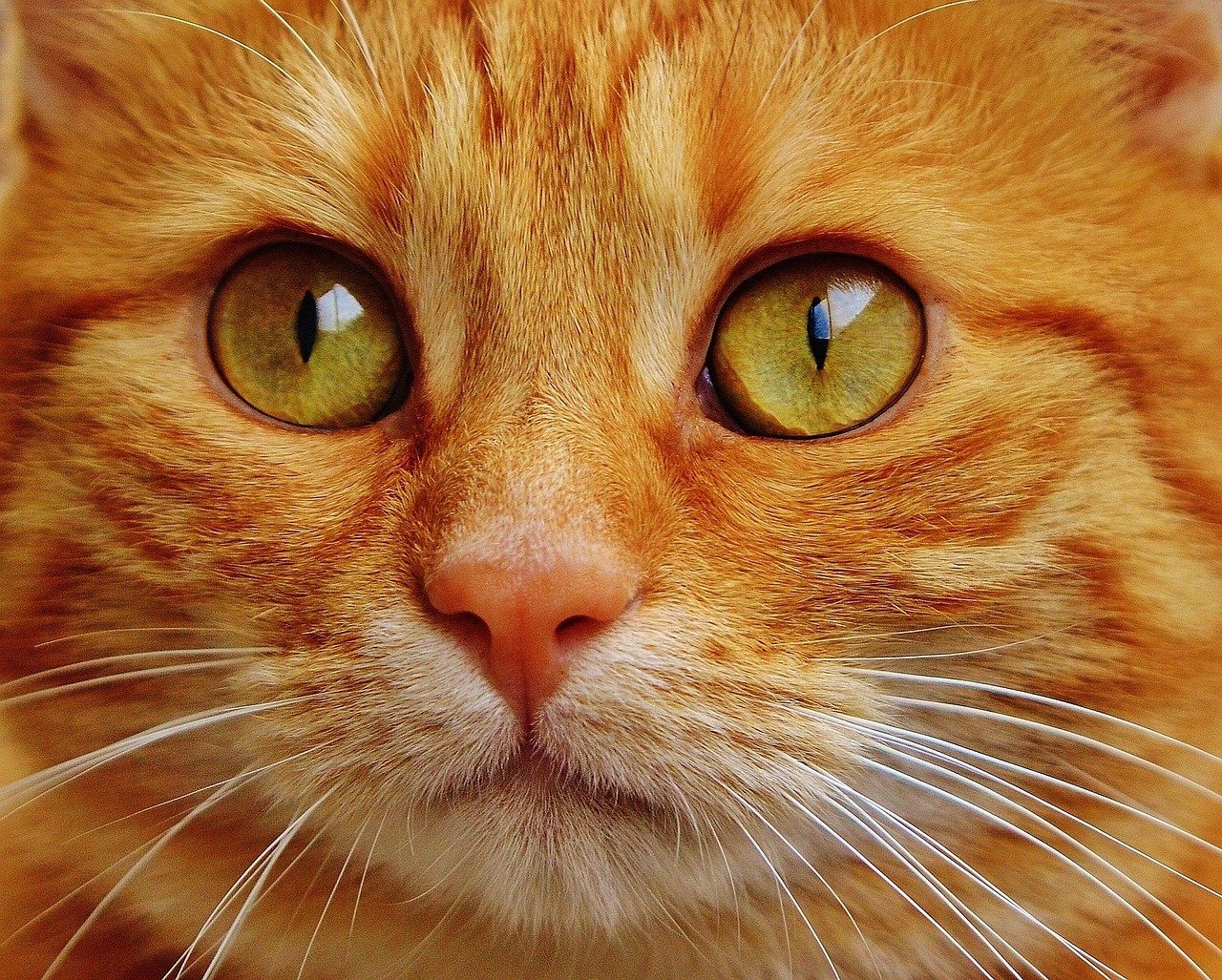
Indoor cats can’t migrate to warmer or cooler spots like outdoor cats can, making them dependent on your home’s temperature control. Many cats suffer in silence when they’re too hot or cold, leading to decreased activity levels and potential health issues. They need options for both warming up and cooling down.
Provide heated beds for winter, cool tile surfaces for summer, and cozy hiding spots year-round. Some cats prefer elevated spots that catch warm air, while others want to hide under beds or in closets. It’s about giving them choices so they can self-regulate their comfort level.
Social Interaction That Matches Their Personality
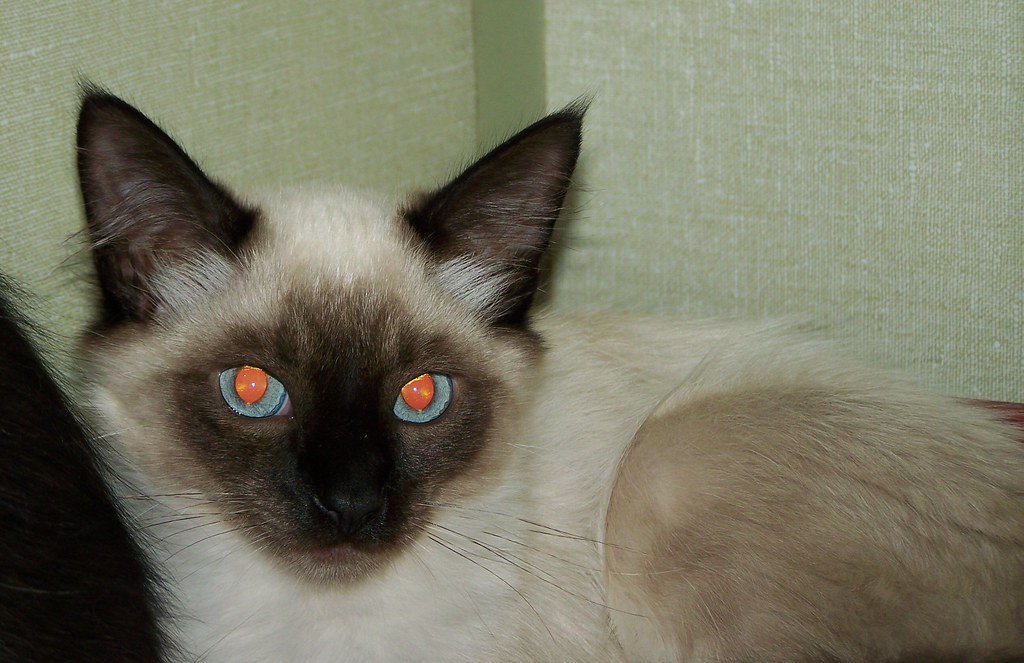
Not all cats are lap cats, but they all need some form of social interaction to prevent loneliness and behavioral issues. Some cats crave constant attention, while others prefer brief check-ins throughout the day. Mismatching your cat’s social needs with your interaction style can lead to stress for both of you.
Pay attention to your cat’s signals about when they want attention and when they need space. Some cats are happiest with short, frequent interactions, while others want longer cuddle sessions. Understanding your cat’s social battery helps you provide the right amount of companionship without overwhelming them.
Regular Environmental Enrichment Changes

The biggest mistake indoor cat owners make is thinking their setup is complete once they’ve bought the basics. Cats need environmental changes to prevent boredom and maintain their curiosity about their surroundings. A static environment can lead to depression and behavioral problems that develop gradually over time.
Rearrange furniture occasionally, introduce new scents with cat-safe herbs, rotate toys and scratching posts, and change up their viewing spots. Think of yourself as your cat’s cruise director, constantly planning new activities and experiences. Small changes can make a huge difference in your cat’s mental well-being and overall happiness.
The Indoor Cat Paradox

Creating the perfect indoor environment for your cat isn’t about replicating the outdoors – it’s about understanding what aspects of natural cat behavior your home can support. The most content indoor cats are those whose owners recognize that being inside doesn’t mean being deprived, it means being thoughtfully cared for.
When you address these often-overlooked needs, you’ll likely notice your cat becoming more playful, relaxed, and affectionate. The investment in making your home truly cat-friendly pays off in years of better behavior and a stronger bond with your feline companion.
Did you realize your indoor cat might be missing so many essential elements for their happiness?
Hi, I’m Bola, a passionate writer and creative strategist with a knack for crafting compelling content that educates, inspires, and connects. Over the years, I’ve honed my skills across various writing fields, including content creation, copywriting, online course development, and video scriptwriting.
When I’m not at my desk, you’ll find me exploring new ideas, reading books, or brainstorming creative ways to solve challenges. I believe that words have the power to transform, and I’m here to help you leverage that power for success.
Thanks for stopping by, Keep coming to this website to checkout new articles form me. You’d always love it!






